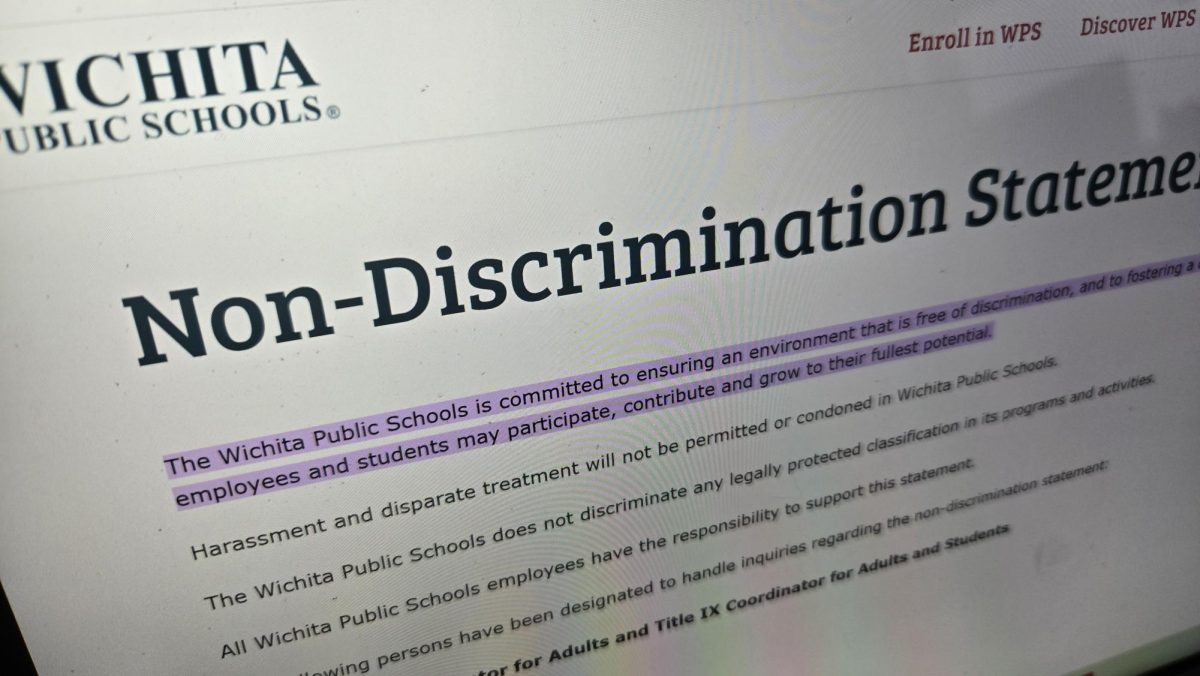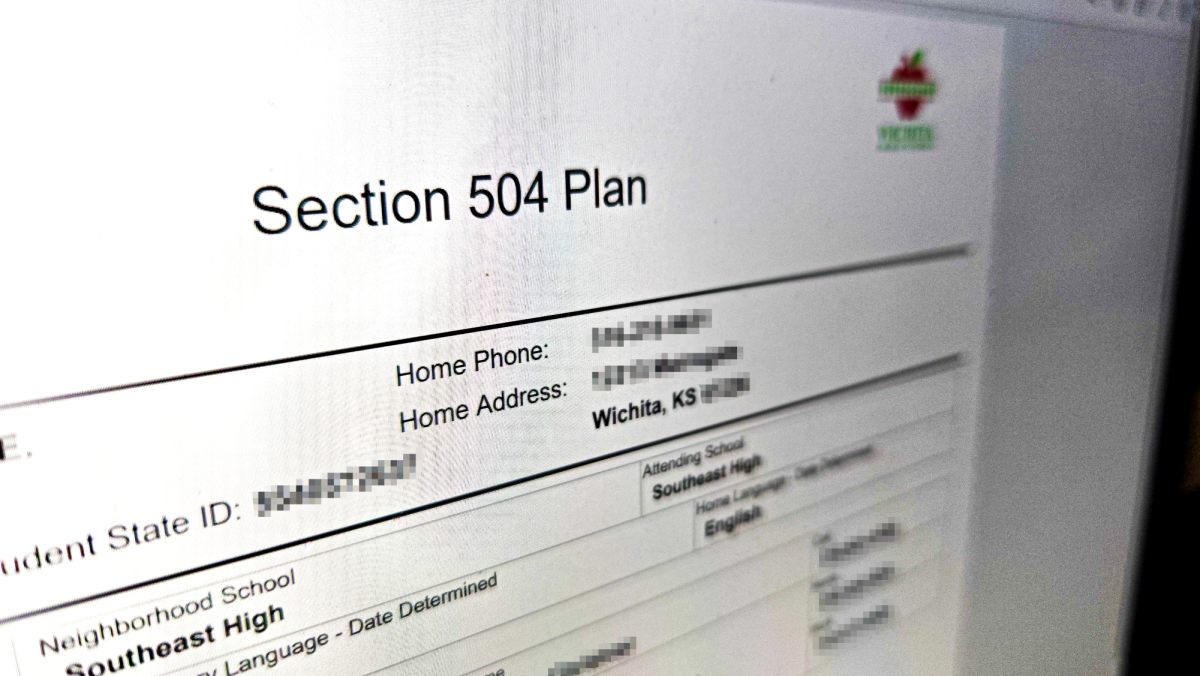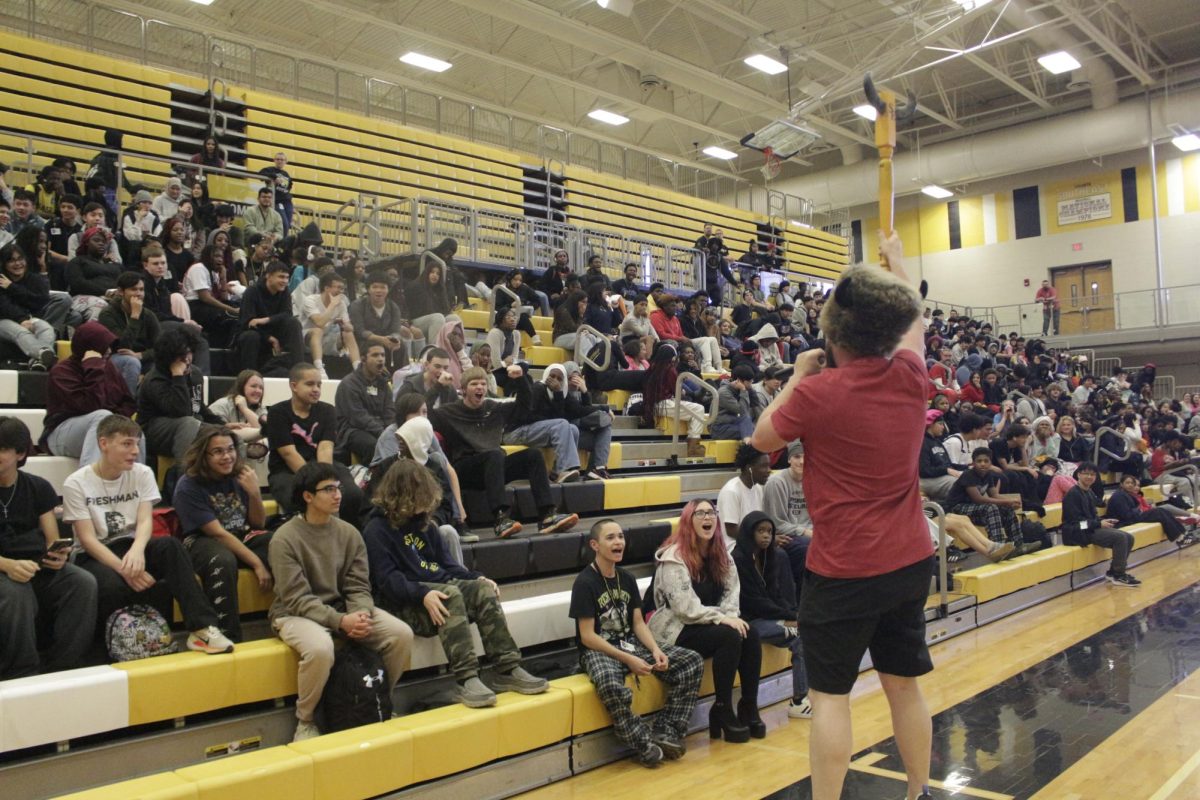Recently USD 259 announced that they are around $42 million short of what is necessary for next year’s budget. To cover most of that shortfall, board is considering closing six schools.
The district has a total of 47,174 students spread over 90 attendance centers. Those buildings have an average age of 60 years old. The district says there is $1.2 billion in deferred repairs, and that some of those buildings are underutilized.
The projected shortfall comes from a number of factors according to a presentation by the district’s financial division. This year, all federal COVID relief funding comes to an end. The district is also seeing a decline in enrollment numbers which also impacts how much money it receives from the government. More money has also gone toward supporting staff in the buildings, with raises to make up for pay freezes in the past.
“They cut funding for education, and wages were froze for two years. We’re still trying to catch up and make sure that our teachers and our paras and our support staff are adequately paid…we knew at that time when we gave the contract that there may have to be some adjustments made to the budget for future years,” board of education president Stan Reeser said.
Between maintenance costs, a loss of pandemic funding, declining enrollment and the increase in staff support, the budget isn’t able to be met. Budgeting director Addi Lowell, and those under her composed a plan. This would be presented to BOE at a meeting on Feb. 12th. This plan includes three phases, the first of which is already in action and includes administrative program and budget cuts. Phase Two proposes the closure of six schools.
In phase one, the BOE made a five percent minimum cut to administration positions, as well as cut any positions funded by COVID relief money. The district also looked reduced and relocated the AVID programs. This phase is estimated to save around $9 million.
“We are going to unfortunately end AVID at the elementary level now, in order to strengthen our AVID programs, we have at the middle and high school level,” Reeser said.
According to the district, all staff affected in Phase One are being provided another position. In an email to staff, USD 259 strategic communications director Wendy Johnson said, “I know you will be concerned about your colleagues in the buildings that will close, which is why I want to share that no staff member will lose employment as a result of this change.”
Phase Two will close a total of six elementary and middle schools and is projected to save $16 million. According to the district finance department, they made sure to look into all of the effects closing a school would have on the community.
“The challenges around finding those opportunities where we impact as few people as possible but still making sure that the district is financially sustainable is a very difficult balance,” Lowell said. While the district insists, they wanted to impact as few people as possible, it is inevitably going to impact around 2500 students and 230 staff; The district is working hard to lessen the blow.
“The schools that will probably be in the toughest spot will be the older buildings that are not being utilized to the fullest potential,” Reeser said.
Most of the elementary and middle schools in Wichita are under two-thirds capacity, which makes them the main focus of the cuts. After that, building age and condition, the enrollment trends as well as other schools nearby to relocate students and staff to were considered.
The list of schools being closed at the end of this school year includes Hadley Middle School, Jardine STEM and Career Explorations Academy, Clark Elementary, Cleaveland Traditional College and Career Readiness Magnet Elementary, Park Elementary, and Payne Elementary. To accompany this, school boundary lines will be redefined to account for the kids being displaced.
“It wasn’t a mathematical equation that came up with the magic answer, it really required going through every option as an option and determining why it would or wouldn’t work,” Lowell said. In the third phase, proposed to save another $17 million, the district will eliminate staff positions as they become vacant, as well as look again at cutting or reconstructing programs within the district. After that, a limited amount of the district’s cash reserves will be used to catch up on anything left.
While unsure if this will fix the long-term issue, this impacts a more centralized area with less people, as opposed to making cuts that would impact the entire district.
“It would be a one year fix or a two year fix, and we’d be right back here in the same spot in the next two or three years, so that’s why we are considering the possibility of closing underutilized buildings,” Reeser said.
Parents are encouraged to speak up at parent meetings from Feb. 21-26, and a final hearing will be held on the 29th before any final decision is made. There will be a final vote on which schools to close on March 4.






